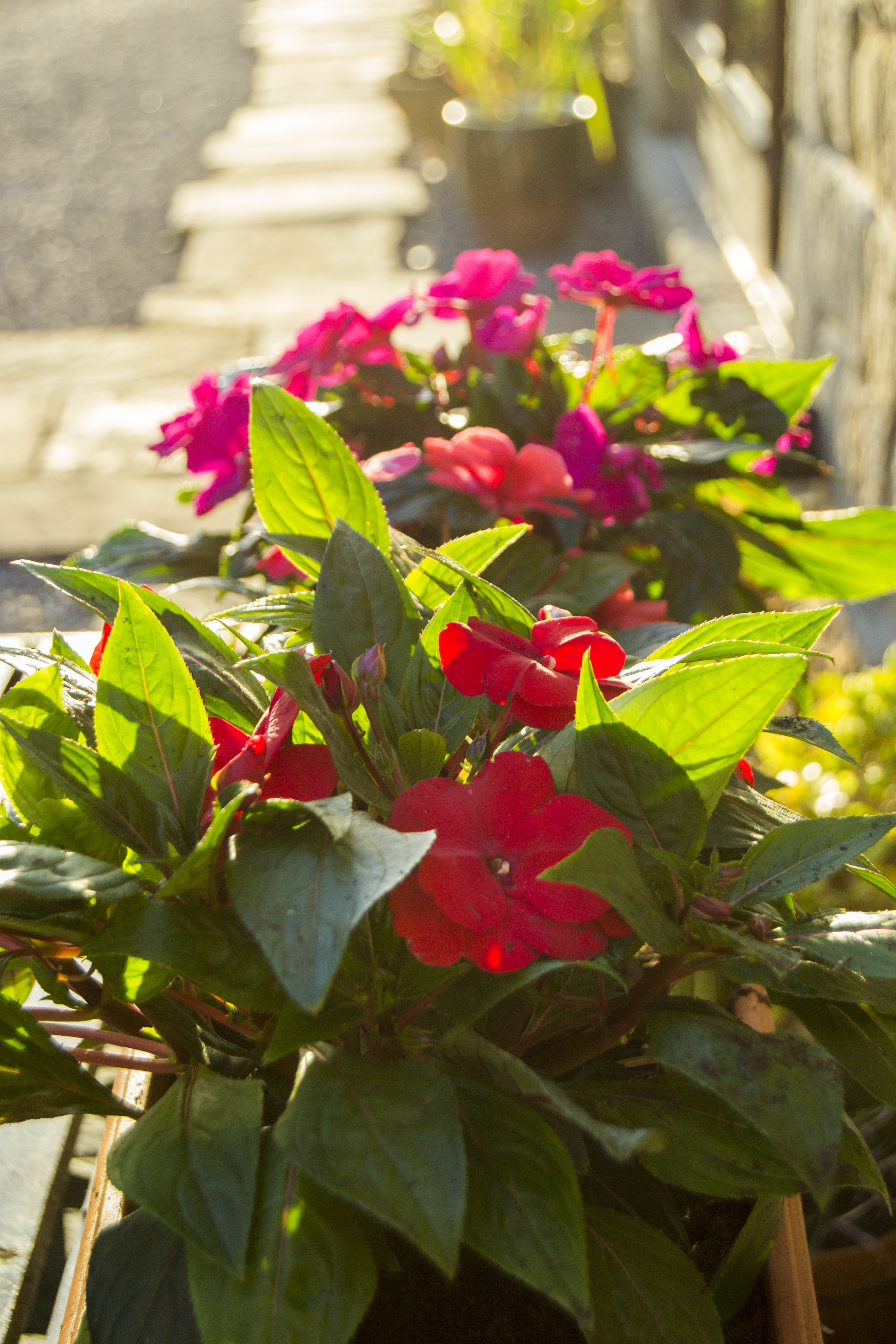
The Flower’s Life Cycle
If you ever plan on working with flowers, it is of utmost importance that you understand their life cycle. Florists should particularly pay attention to each of their fresh flowers and take note of each phase they transition through in order to properly care for their products. Flower growers are also not able to cut and send flowers to buyers if they are not in top shape. By learning the entire process, it will make you better equipped to care for your fresh flowers.
All plants start their lives as a seed and flowering plants are known as angiosperms. It’s quite phenomenal that everything needed to create a fully grown flowering plant is stored inside something so small. With enough water, light and the right temperature, the root will begin to grow. The small plant with then develop two leaves to begin with. They then grow as fast as they can penetrate the ground. The sooner they make it through the surface, the sooner the plant can begin to make its own food through the process of photosynthesis.
As the plant grows in height and size, the roots grow deeper in the soil below. Once the plant reaches a certain maturity, it will produce flowers. The flowers of a plant are, basically, its reproductive organs and they contain everything they need in order to produce seeds. They simply need to be pollinated. Annuals produce flowers in their first year while biennials will take two years to reach maturity. Perennials can take a bit longer before they mature and bloom.
Some plants even have both male and female parts in a single flower. Others have some male and some female flowers on a single plant. Certain species of flowers have male and female flowers on separate plants altogether. In order to assist in the process of pollination, plants produce flowers that are bright and attractive to insects and birds. It’s no wonder that these bright blooms attract the attention of flower cultivators, florists and buyers.
When picking these flowers, they should be harvested while in partial bud form. That way, when they arrive at the flower shop, they will start to open. If they are picked too early and are still in a tight bud form, they might not all open. If you wait too long, they will perish sooner than you would have originally hoped.
Each plant has a somewhat different cycle but the basic steps remain the same. The only real difference is the time frame. By understanding the types of flowers you are cultivating, selling or purchasing, you will have a better idea of just how long they should last after being cut. Also, the longer your plant takes to flower, the more you will need to invest in them before you can reap the profits. For this reason, these kinds of flowers will fetch a higher price than those that bloom at a faster rate.
